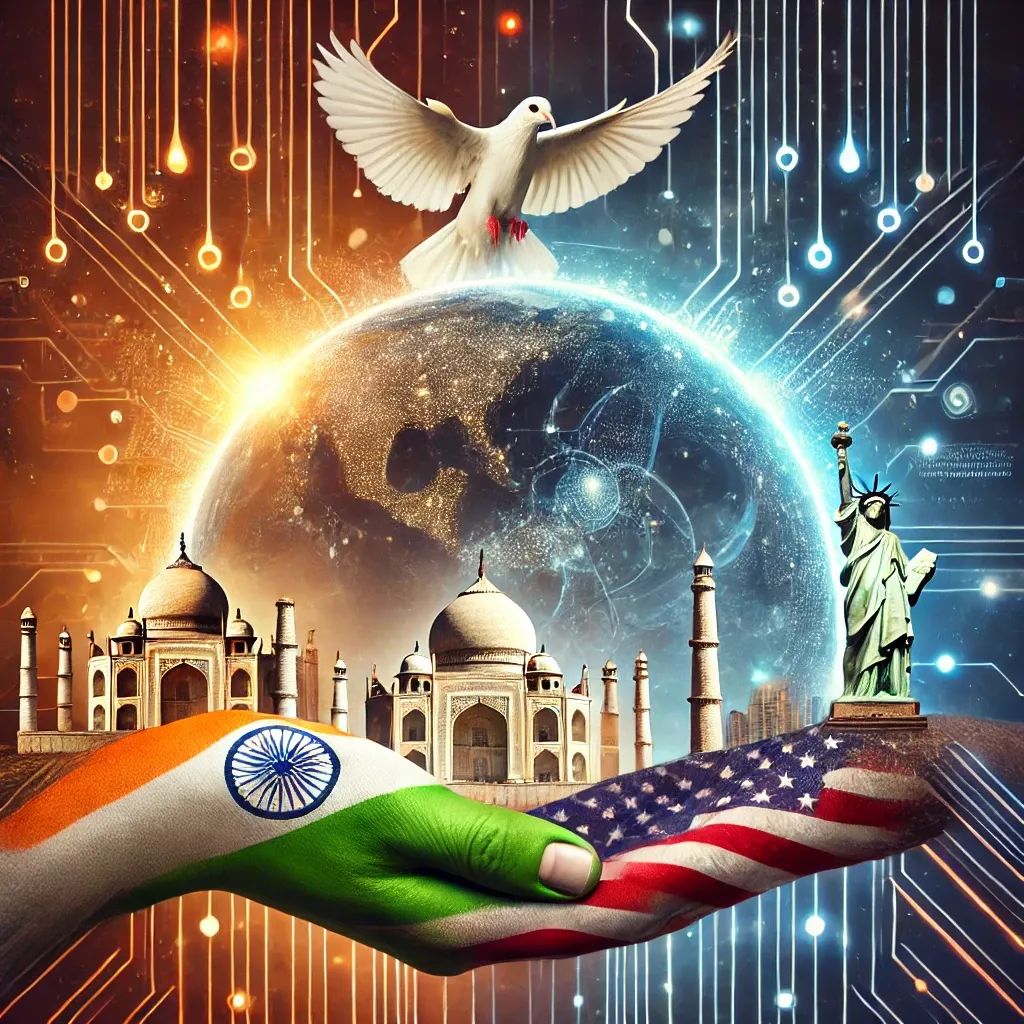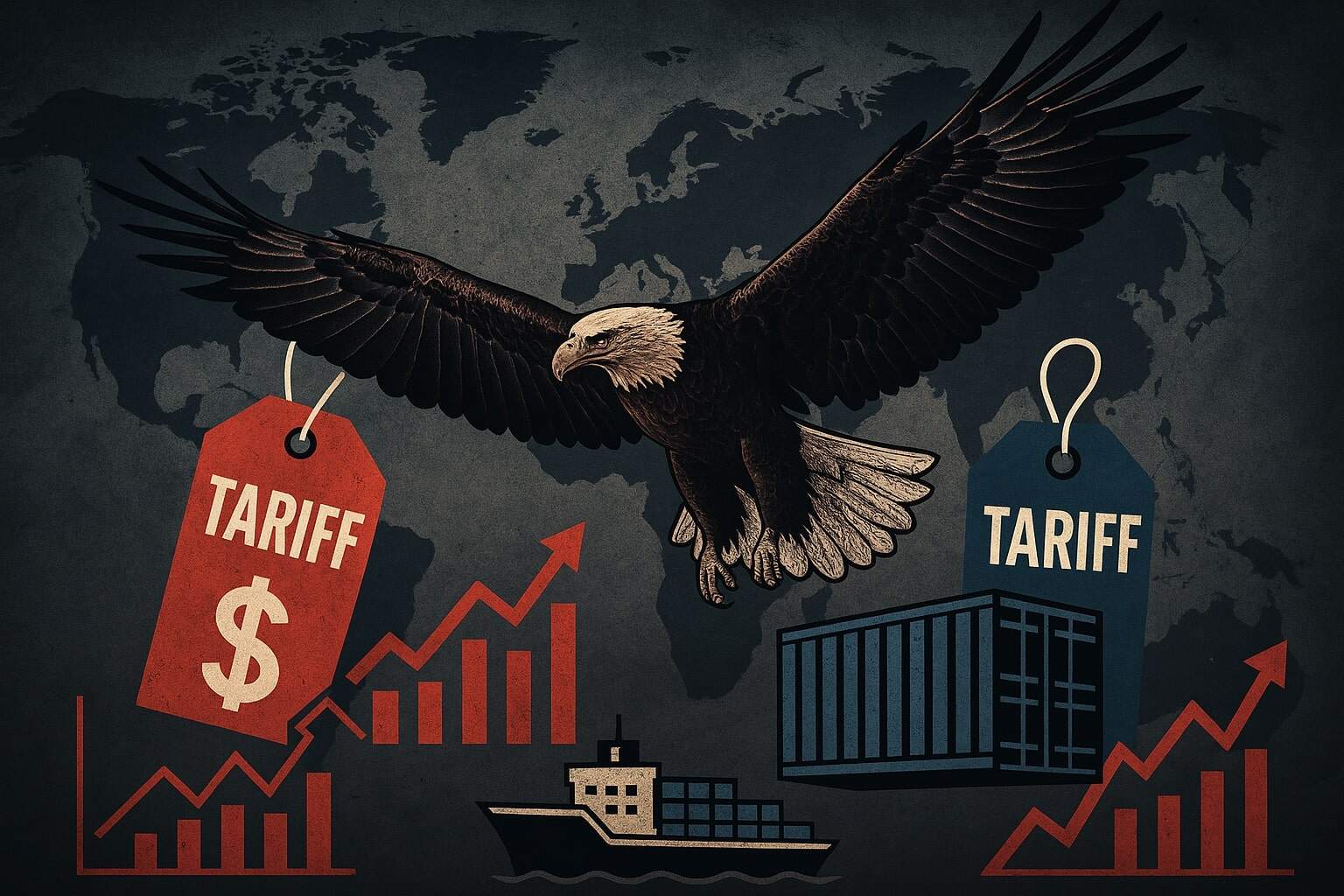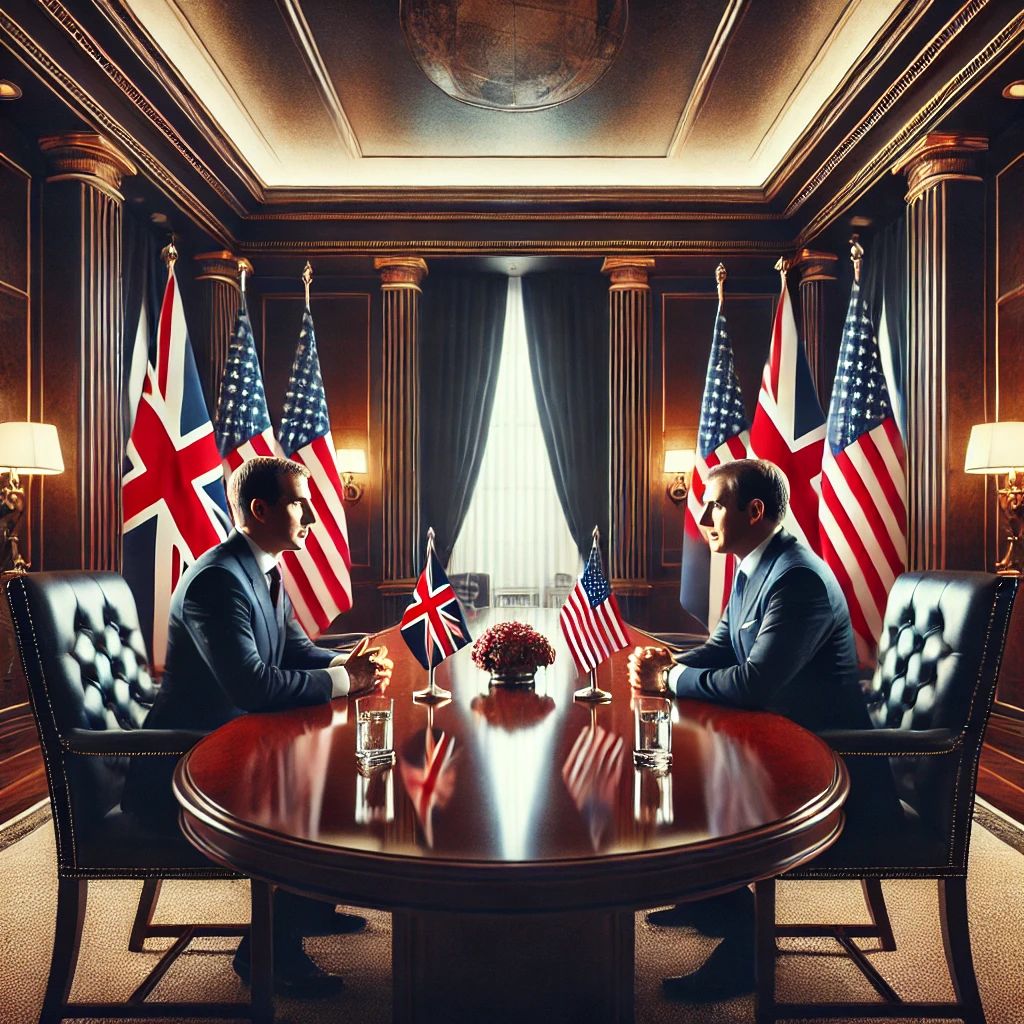Indian Prime Minister Narendra Modi’s first visit to Washington under Donald Trump’s second term was a pragmatic, business-centric engagement that reinforced strategic ties between the two nations. While the visit lacked the grandeur of a state reception, its significance lay in the concrete agreements signed in defense, trade, energy, and technology. However, lingering challenges, particularly in trade negotiations and geopolitical alignments, remain key issues for the evolving US-India relationship.
Defense and Energy Deals: A Strategic Leap Forward
One of the most notable aspects of Modi’s visit was the strengthening of defense cooperation. Trump announced expanded US military sales to India, including the possibility of F-35 stealth fighter jets. If realized, this would mark a major shift in India’s defense procurement strategy. However, India’s concerns over the high maintenance costs, bureaucratic hurdles, and continued dependence on Russian military hardware make an immediate acquisition of the F-35 unlikely. Instead, India may continue selective purchases of advanced US defense technology while maintaining its strategic autonomy.
The visit also saw the US committing to increased oil and gas exports to India. While India has benefitted from discounted Russian crude, US sanctions on Russia’s shadow fleet could push India towards diversifying its energy sources. The key question remains whether the US can offer competitive pricing to make this shift viable for India.
Trade Wars and Reciprocal Tariffs: Navigating Protectionism
Trade has been a contentious issue between India and the US, and Trump’s economic policies continue to pose challenges. His administration has drafted new reciprocal tariffs that could affect US trade partners, including India. With India enjoying a trade surplus with the US, it is a prime target for higher tariffs. To mitigate risks, India has proactively reduced its average tariffs and has sought to emphasize areas of cooperation over conflict.
However, beyond tariffs, non-tariff barriers may pose a greater challenge. The US could leverage restrictions on procurement, agricultural trade, and regulatory compliance to pressure India into market concessions. In response, India is expected to highlight US agricultural subsidies and trade barriers that impact its exports.
US-India Trade Agreement: Roadblocks to a $500 Billion Goal
During Modi’s visit, both leaders set an ambitious goal of doubling bilateral trade to $500 billion by 2030. However, the pathway to this milestone remains unclear. A comprehensive free trade agreement (FTA) appears unlikely due to structural trade differences. Instead, targeted tariff reductions on select goods might form the basis of future trade deals. The real test lies in reconciling Trump’s “America First” policies with Modi’s “Make in India” initiative while ensuring that both economies benefit from deeper trade ties.
A Diplomatic Victory: The Extradition of Tahawwur Rana
One of the standout diplomatic successes of Modi’s visit was securing US approval for the extradition of Tahawwur Rana, accused of facilitating the 2008 Mumbai terror attacks. This move signals a strengthening of US-India counterterrorism cooperation and sets a precedent for future extradition requests. The decision underscores Washington’s commitment to assisting India in combating terrorism, reinforcing strategic security ties.
Tesla, Starlink, and Tech Uncertainties

Modi’s meeting with Elon Musk highlighted India’s aspirations in AI, electric vehicles (EVs), and space technology. However, Tesla’s entry into India remains uncertain due to regulatory challenges. While India has introduced import tax cuts for automakers investing in local production, Musk has yet to commit.
Similarly, Starlink faces hurdles in launching its satellite internet services in India due to licensing conflicts. Musk’s demand for direct spectrum allocation clashes with India’s auction-based approach, delaying the venture’s market entry. The outcome of these discussions will determine the future of Tesla and Starlink in India’s evolving tech landscape.
Modi’s Rare Press Engagement: A Political Signal?
In a rare move, Modi took two questions at a joint press conference with Trump, breaking his usual pattern of avoiding direct media engagement. Topics included illegal Indian migrants in the US and the ongoing Adani Group scandal. While this move signals a slight shift in Modi’s media strategy, it is unlikely to become a regular practice in domestic politics.
Strengthening Educational Ties: A Growing US-India Talent Pipeline
Another significant outcome of Modi’s visit was the deepening of educational collaborations between India and the US. The number of Indian students in the US has surged, surpassing China as the largest source of international students. This growing talent exchange not only strengthens academic ties but also contributes significantly to the US economy.
India has also invited US universities to establish offshore campuses, aligning with its broader education reform strategy. If major American institutions set up campuses in India, it could reverse the traditional brain drain and position India as a hub for global education.
Energy and Nuclear Cooperation: Balancing Needs and Risks
India’s increasing oil and gas imports from the US come with both economic and geopolitical implications. While diversification strengthens India’s energy security, it also exposes the country to currency fluctuations and price volatility. Additionally, the US-India 123 Civil Nuclear Agreement, aimed at facilitating joint nuclear energy projects, could be a game-changer in India’s clean energy transition if fully implemented.
The Russia-Ukraine Dilemma: India’s Strategic Autonomy
During the visit, Modi reaffirmed India’s stance on the Russia-Ukraine conflict, positioning itself as a mediator rather than taking sides. This balanced approach underscores India’s commitment to strategic autonomy, ensuring that it continues diplomatic engagements with both Moscow and Washington without compromising its national interests.
People-to-People and Immigration Challenges
The US-India partnership extends beyond geopolitics into people-to-people diplomacy. The visit saw agreements on easing repatriations of undocumented Indian nationals in the US. While this aligns with Trump’s immigration policies, it remains to be seen how it will impact bilateral ties in the long run.
Additionally, US scrutiny over the H-1B visa program—a crucial channel for Indian IT professionals—could strain the relationship. Addressing these visa concerns will be key in maintaining strong economic and technological collaborations between the two nations.
The Indo-Pacific Strategy and the Quad Summit
A key strategic development was Modi’s invitation to Trump for the upcoming Quad Summit in India. With growing tensions in the Indo-Pacific region, the US and India reaffirmed their commitment to maritime security and regional stability. The Quad’s increasing relevance highlights India’s role as a major geopolitical player in counterbalancing China’s influence.
Technology and Space Collaboration: A New Frontier?
Beyond trade and defense, the visit also focused on deepening technology and space cooperation. India’s space program could benefit from partnerships with NASA and SpaceX, particularly in satellite technology and manned space missions. Whether these discussions translate into tangible collaborations remains to be seen.
Final Thoughts: A Transformative Partnership in the Making?
Modi’s visit to Washington under Trump’s second term reinforced India’s growing global influence and deepened its strategic partnership with the US. Key outcomes include:
- Defense and Energy: Strengthened military collaboration, but hurdles remain in the F-35 acquisition and energy pricing.
- Trade Negotiations: India dodged immediate tariff shocks, but non-tariff barriers pose long-term risks.
- Tech and Business Engagements: Tesla and Starlink’s India plans remain uncertain due to regulatory conflicts.
- Extradition Win: The Rana extradition signals a boost in counterterrorism cooperation.
- Education and People-to-People Ties: A rising number of Indian students in the US strengthens bilateral engagement.
- Geopolitical Balancing: India’s stance on the Russia-Ukraine conflict highlights its strategic autonomy.
While the visit achieved significant diplomatic and economic milestones, key challenges remain. The coming months will determine whether these commitments translate into concrete action, shaping the trajectory of US-India relations in the years ahead.





I will immediately take hold of your rss as I can’t in finding your email
subscription hyperlink or e-newsletter service.
Do you’ve any? Kindly let me recognise in order that
I could subscribe. Thanks.
You can use the link given below and subscribe to our news letter.
https://civitasedge.com/join-the-newsletter/